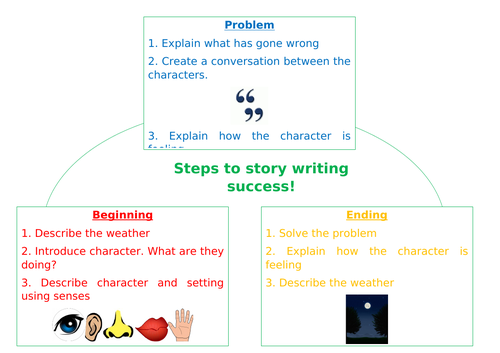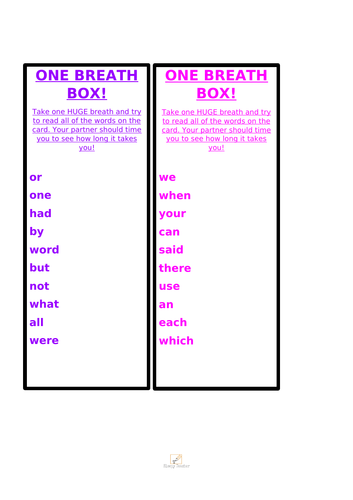Wicked Smart
I am a fully qualified primary teacher who has experience of teaching in both the private and state sectors in Scotland, London and Tokyo. All of my resources have been tried and tested in classrooms, and I am passionate about making learning as enjoyable and engaging as possible for children.




















